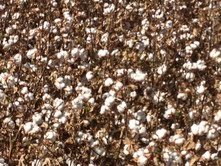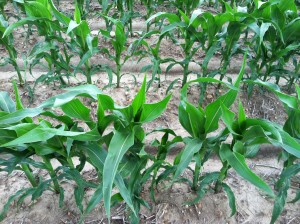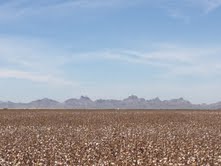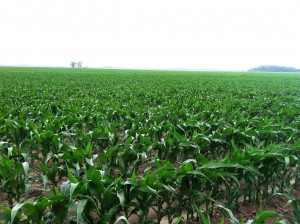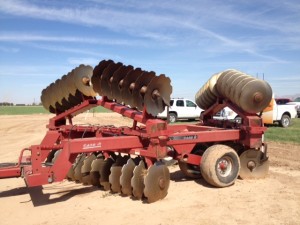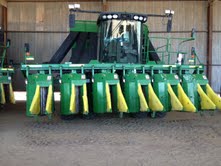IRS YouTube Videos
ID Theft: IRS Efforts on Identity Theft: English | Spanish | ASL
IRS Identity Theft FAQ: First Steps for Victims: English | ASL
IR-2015-07, Jan. 26, 2015
WASHINGTON — The Internal Revenue Service today issued a filing season alert warning taxpayers to watch out for identity theft at tax time, one of the year’s “Dirty Dozen” tax scams. The IRS continues to aggressively pursue the criminals that file fraudulent returns using someone else’s Social Security number.
“We remain dedicated to stopping tax-related identity theft and protecting taxpayers, and we are making important progress on that front. Taxpayers still need to be extremely careful and do everything they can to avoid becoming a victim,” said IRS Commissioner John Koskinen.
The Dirty Dozen is compiled annually by the IRS and lists a variety of common scams taxpayers may encounter any time during the year. Many of these con games peak during filing season as people prepare their tax returns or hire someone to do so. This year for the first time, the IRS will issue the individual Dirty Dozen scams the next 12 business days to raise consumer awareness.
“Scams can be sophisticated and take many forms. We urge people to protect themselves and use caution when viewing e-mails, receiving telephone calls or getting advice on tax issues,” Koskinen said. “Keep your personal information safe and secure. Taxpayers should protect their computers and only give out their Social Security numbers when absolutely necessary.”
Tax-related identity theft occurs when someone uses your stolen Social Security number to file a tax return claiming a fraudulent refund. While the IRS has made significant strides over the past several years to address this issue, it remains a top concern for the IRS, which is why identity theft remains on the Dirty Dozen again list this year as the IRS works to protect taxpayers and help victims.
As a result of these aggressive efforts to combat identity theft from 2011 through October 2014, the IRS has stopped 19 million suspicious returns and protected over $63 billion in fraudulent refunds.
For 2015, the IRS will continue to increase both the number and efficiency of the identity theft data models and filters that are used to identify potentially fraudulent returns. These pre-refund filters stop the vast majority of fraudulent returns. Additionally, the IRS continues to expand its partnerships with financial institutions to identity and stop fraudulent refunds.
IRS Criminal Investigation continues its robust efforts, and in Fiscal Year 2014, the IRS initiated 1,063 identity theft-related investigations. Criminal Investigation enforcement efforts resulted in 748 sentencings as compared to 438 in FY 2013, an increase of 75 percent. Our incarceration rate rose to 87.7 percent as compared to 80.6 percent in FY 2013. The courts imposed significant jail time with the average months to serve in FY 2014 at 43 months as compared to 38 months in FY 2013 with the longest sentencing being 27 years.
Fighting identity theft is an ongoing battle as identity thieves continue to create new ways of stealing personal information and using it for their gain. Identity theft cases are among the most complex handled by the IRS. The IRS is continually reviewing processes and policies to minimize the incidence of identity theft and to help those who find themselves victimized. The IRS is working hard to streamline its internal process, but more work remains.
In an effort to help victims, the IRS has issued approximately 1.5 million Identity Protection PINs (IP PINs.) The IP PIN is a unique, six-digit number that is assigned annually to victims of identity theft with resolved cases for use when filing their federal tax return. The IP PIN will allow these individuals to avoid delays in filing returns and receiving refunds.
This year, the IRS will continue its IP PIN pilot program that allows taxpayers who filed tax returns last year from Florida, Georgia or the District of Columbia to opt into the IP PIN program. Additionally, the IRS is offering approximately 1.7 million taxpayers the opportunity to opt in to the IP PIN program in instances where the IRS has identified indications of identity theft on their accounts.
The IRS understands that identity theft is a frustrating, complex process for victims. While identity thieves steal information from sources outside the tax system, the IRS is often the first to inform a victim that identity theft has occurred. The IRS is working hard to resolve identity theft cases as quickly as possible.
The IRS offers the following tips as ways to protect you from becoming a victim of identity theft:
- Don’t carry your Social Security card or any documents that include your Social Security number (SSN) or Individual Taxpayer Identification Number (ITIN).
- Don’t give a business your SSN or ITIN just because they ask. Give it only when required.
- Protect your financial information.
- Check your credit report every 12 months.
- Review your Social Security Administration earnings statement annually.
- Secure personal information in your home.
- Protect your personal computers by using firewalls and anti-spam/virus software, updating security patches and changing passwords for Internet accounts.
- Don’t give personal information over the phone, through the mail or on the Internet unless you have initiated the contact or you are sure you know who you are dealing with.
For more information, see the special identity theft section on IRS.gov, as well as IRS Fact Sheet 2015-1, IRS Combats Identity Theft and Refund Fraud on Many Fronts, and IRS Fact Sheet 2015-2, Identity Theft Information for Taxpayers and Victims.
